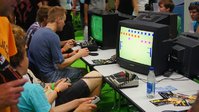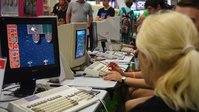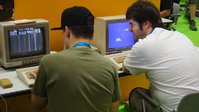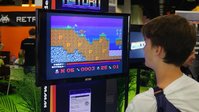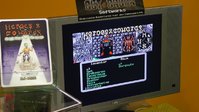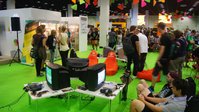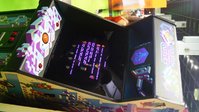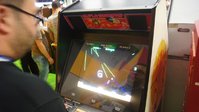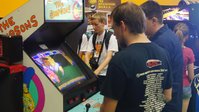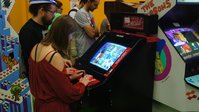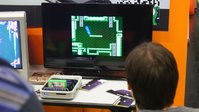How about some small SSD chips that are much faster than eMMC, actualy?
The eMMC has an 8 bit bus while the uSD only has a 4 bit bus. The eMMC is literally twice as fast as even the best uSD that can go into it. There are individual chips that can go faster but it's the OMAP that's the limiting factor here.
Mmm.... not entirely accurate.
The eMMC bus is theoretically capable of up to 208MB/s. The uSD UHS-II speed that the SOC is theoretically capable of supporting is 104MB/s.
eMMC memory is available in speeds from 2 to 150+ MB/s. The faster and larger the chip, the more expensive it is. At this time, to my knowledge, ED hasn't announced what chip he's using. The Kingston eMMC in the dev boards, from a cited metrics standpoint is, for lack of a better term, crap.
Relatively inexpensive and very large (up to 200GB) uSD cards are readily available that can theoretically max out the bus, at least in the burst rates that all of this get 'rated' or 'claimed' at. 90+MB/s 128GB uSD cards are available for under $100. Example:
http://www.amazon.com/Lexar-High-Performance-MicroSDXC-Reader-LSDMI128BBNL633R/dp/B00O1M21H8
It is for the above reasons that I have been requesting that for the eMMC that is soldered in, speed is given more consideration than size. Frankly, anything at or larger than 8GB for the eMMC gives enough room for the OS and a 'normal' program install load. Directories full of media files are assumed to be on SD media in the 2 external slots.
IF someone needs a BIG boot/program drive, they can buy one that still isn't slow, but can fit their needs to put in the uSD slot.
Speeds in excess of 104MB/s though can ONLY be obtained from the eMMC IFF (If and only if) it is soldered to the SoC board at build.
Small and slow eMMC chips are cheap. Fast OR Large eMMC chips should be cost effective (affordabel). Fast AND Large eMMC chips are very expensive. Large space can be obtained via a uSD isntalled by the user. Insanely fast speeds can only be obtained at build.
So - can it have the fastest eMMC 8GB or larger that the project can budget for this component please? Speed, not size, counts on this particular component.
If ED chose to, he could sell all Pyras with 8 or 16 GB of very fast eMMC and offer space upgrades to 32, 64 or 128GB via OS pre-installed cards in the uSD slot (for respectively increasing values) WITHOUT needing two different build runs or stock.











